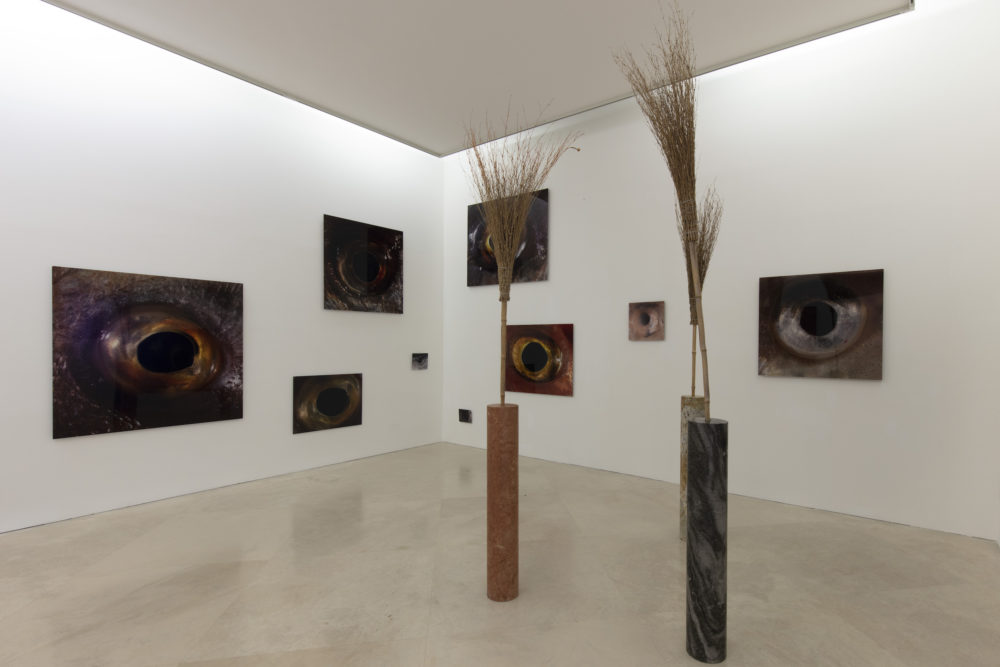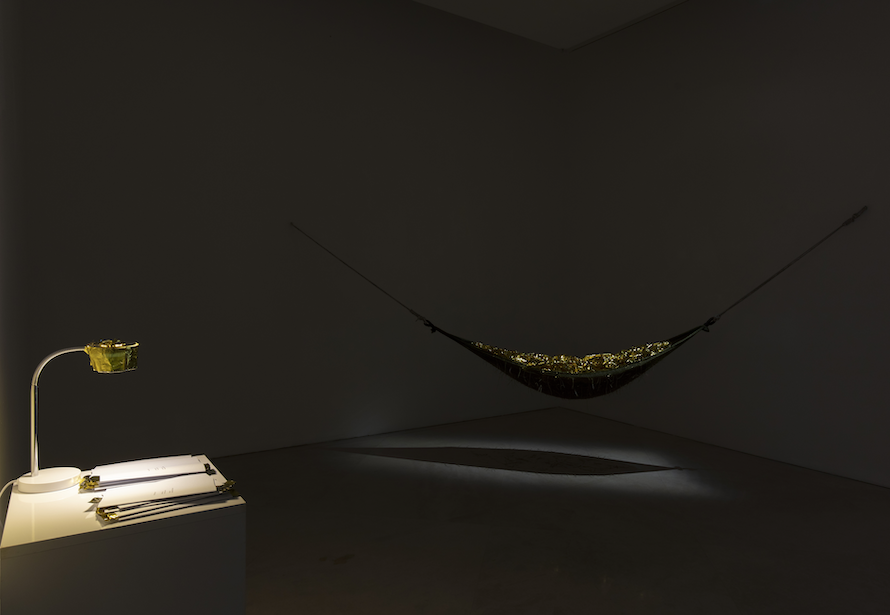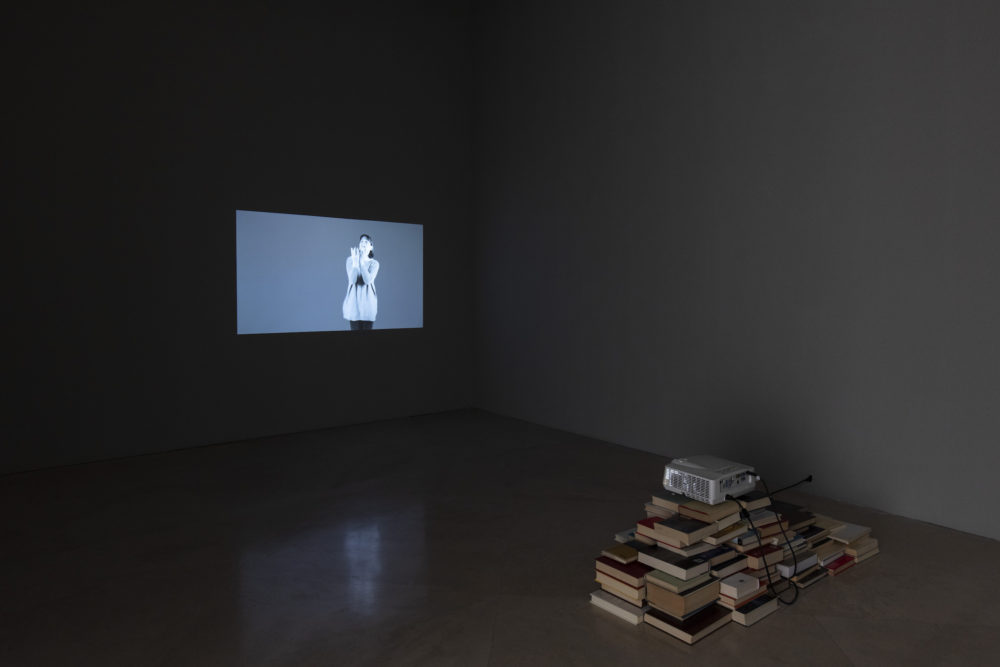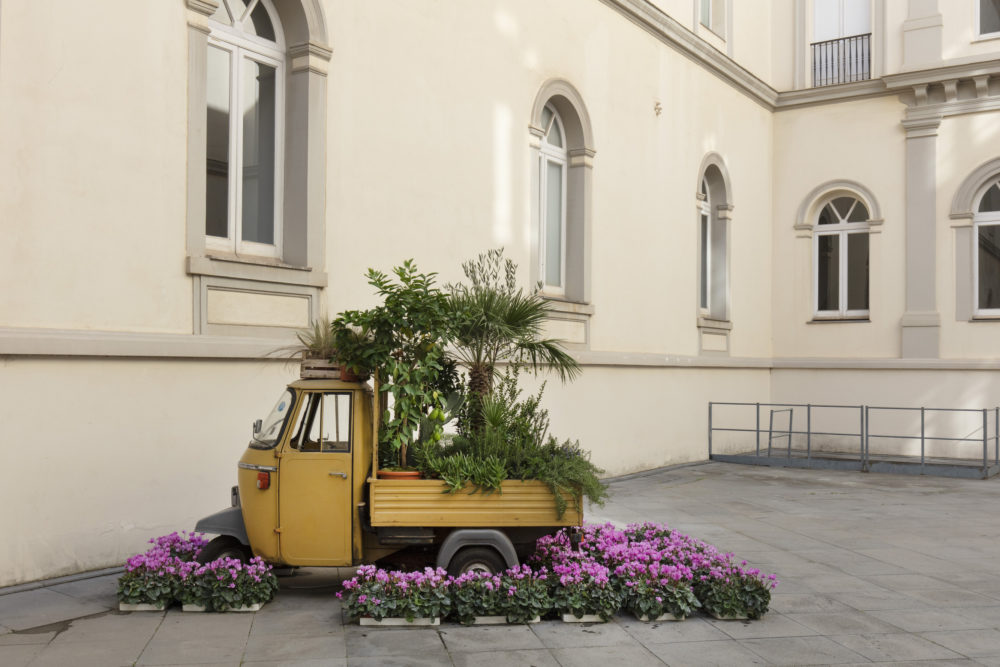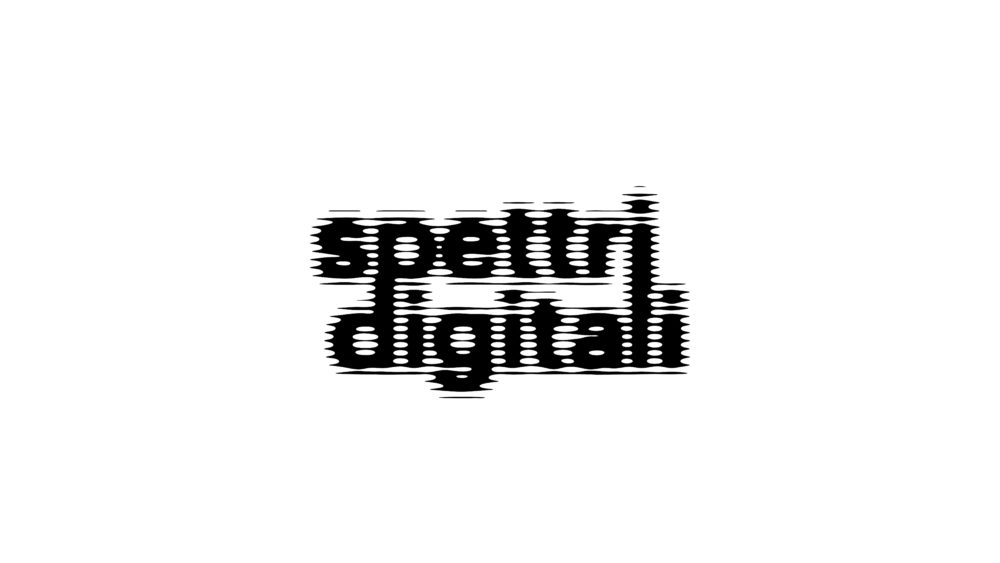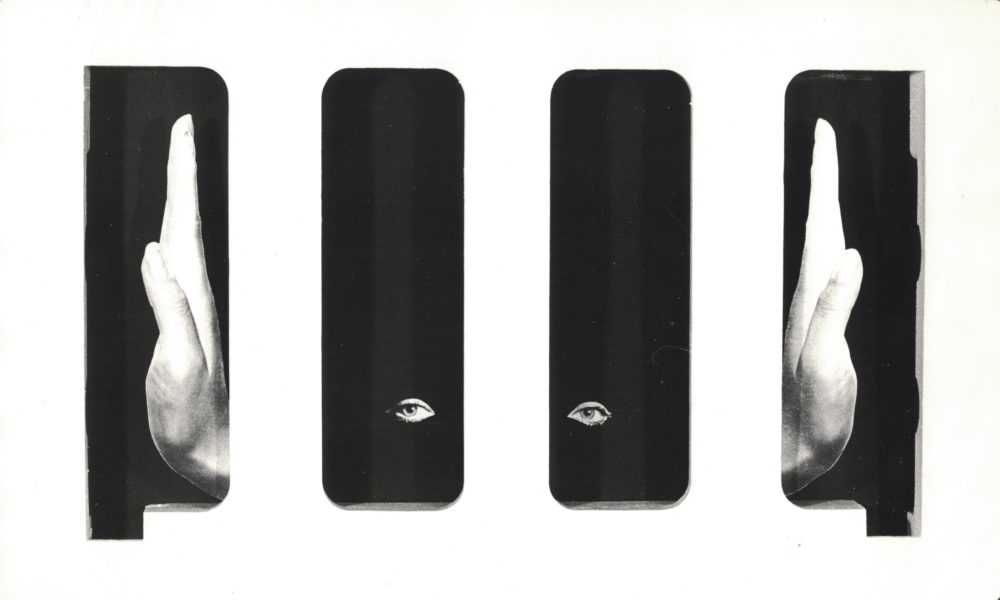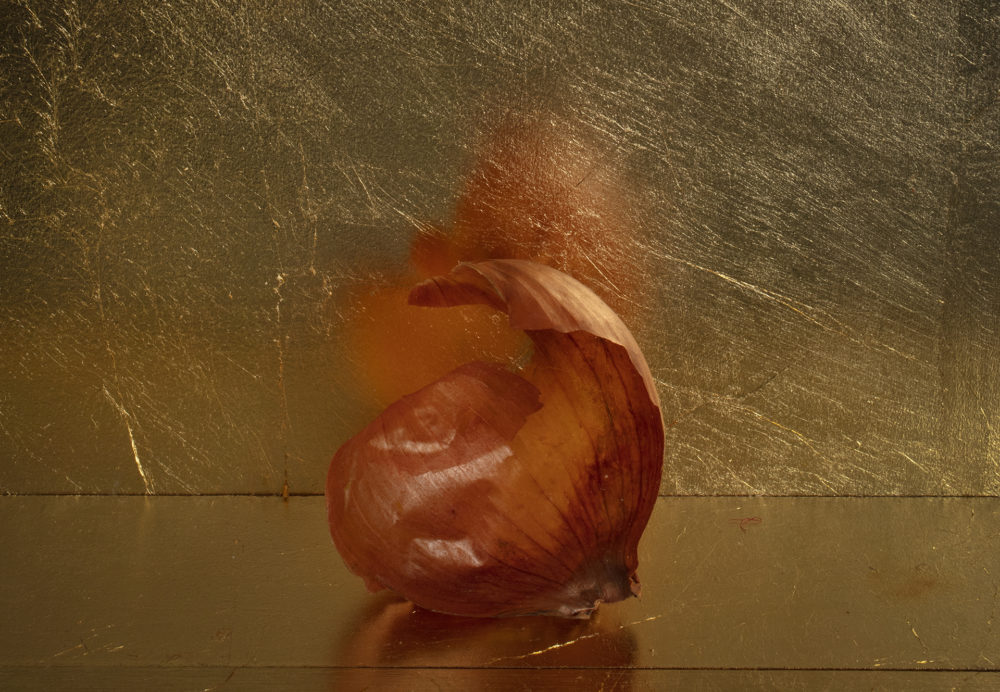
Exhibition
Bruna Esposito
Con questi chiari di luna
curated by Benedetta Casini
29.10.2022 — 09.01.2023
Bruna Esposito (Rome, 1960), one of the most established Italian artists on the international scene, has distinguished herself for an heterogeneous approach to artistic production since her early years. Installation, performance, video and photography merge into a personal vocabulary nourished by disciplines such as music, literature and dance. After studying architecture in Rome, she moved to New York, where she lived from 1980 to 1986, and where she became acquainted with the language of contemporary dance. In 1987, she moved to West Berlin; here, drawing on her youthful training, she devoted herself to the design of eco-sustainable public toilets. This was the first evidence of a forerunner environmental sensitivity that would characterize her later production. At museo MADRE , the artist presents a selection of works created over the last twenty years that define through the exhibition spaces a path studded with pauses, accelerations, correspondences and contrasts.
The title of the exhibition, Con questi chiari di luna (literally ‘With these moonbeams’, an italian idiomatic expression indicating a general situation of adversity and uncertainty), reveals the artist’s interest in popular sayings, confirmed by the titles of the works in the exhibition, in whose naturalistic metaphors an archaic wisdom is often layered. The colloquial character that characterises them evokes a sense of familiarity: handed down from generation to generation, proverbial expressions become part of the family lexicon on which individual identity is built. Therefore, it is precisely the choice of the title, that offers a key to understanding the exhibition, which represents a symbolic return by the artist to Naples, the city in which her family origins are rooted and a firm point of reference for her identity. The hints of childhood that recur in the exhibition thus dialogue with an intimate and affective dimension that re-emerges in personal recollection. At the same time, in the shared space of collectivity, this same set of popular traditions defines an ideal place to reaffirm the urgency of a sense of community belonging. The subtexts of figurative language become celebrations of a common memory full of implicit meanings; it is through the sharing of these references that the most archaic and enduring bonds of belonging are expressed.
Despite the uniqueness that characterizes Esposito’s production, which is naturally refractory to categorisation, it is possible to read the militant sensitivity of the artist, whose use of organic and discarded objects is affirmed as a sign of a precise environmentalist stance, among the textures of the works on show. In her words: ‘ecological sensitivity can have an impact similar to that of religion if we consider that it is made up of small gestures and everyday choices. It is a form of self-healing, a kind of creed’. The result of a frequently intuitive process, the juxtaposition of organic elements and domestic objects leads to essential compositions embellished by a rigorous formal balance. Lightness and heaviness, refinement and rusticity, darkness and light are contrasted in an exercise of millimetric compensation. The tension between opposites reveals the need to rethink the relationships between objects in the world, in an attempt to produce a new ‘unstable balance’, not without ironic accents. The recurrence of materials and interests in Esposito’s works reveals a consistent and committed artistic practice, declined in a dimension, both ethical and aesthetic, of delicate precision, whose outcome is a silent poetic density.
Works on display
1
Oltremare, 2006
The image of an upside-down white flag, submerged in water, opens the exhibition. Emptied of its semantic content, the flag suggests a utopian borderless reality or, rather, the dissolution of the element of identity in an integral neutrality. In a system of rigid territorial affiliations, the principle of freedom governing international waters offers a concrete alternative: the high seas constitute a res communis omnium, a good belonging to everyone.
2
Perla a piombo, 2003
Perla a piombo comes from the need to pay homage to the tools of the trade. An ancient device for building construction, Esposito’s plumb line is decorated with a pearl, a rare and precious element par excellence, which is inserted as a connecting point between the verticality of the wire and the heaviness of the lead. With a precise gesture, the artist transforms the cold calculating instrument into a delicate piece of jewellery, while preserving its function triggered by gravitational attraction.
3
Oro Colato, 2014-2021
A suspended hammock on which pine needles rest holds inside it a golden isothermal blanket. The title of the work, Oro Colato, reiterates the artist’s interest in proverbial expressions, already stated in the title of the exhibition. In this case, however, the overlap with the visual reference is dramatic: the isothermal blanket, generally used to stabilize the body temperature of migrants rescued from the waters, becomes the pretext for a title that suggests speculation on human rights. A selection of poems by Paola d’Agnese accompanies the installation, whose atmospheres evoke painful experiences of farewells, losses and expectations.
4
Tre cipolle rosse, 2019
5
Una Cipolla, 2019
6
Due cipolle, 2019
7
Quadrato in foglia d’oro e buccia di cipolla dorata, 2021
8
In Teca, 2011
In Bruna Esposito’s works, the cases, used since ancient times to store precious objects inside them, and in particular relics in Christian usage, become containers for the preservation of organic and residual materials. Coloured onion skins declare their lightness by resting on monochrome backgrounds in shrines with a baroque flavour, like still lifes reduced to the essential (Tre cipolle rosse, 2019/Una cipolla, 2019/Due cipolle, 2019) . Whereas, in the In Teca series, the artist juxtaposes onion peels with hooks used for framing, lined up in geometric and floral figures; once again, it is the tools of the trade that become the protagonists of the work, in line with a metalinguistic tradition that runs through the developments of art throughout the 20th century.
9
Sassi, seggiole e sonagli, 2015
Two faded old chairs are arranged around a stool on which a pile of pebbles rests. Clinging to the backs of the chairs, piles of rattles evoke the tenacity of sea shells clinging to the mantles of rocks. The work suggests a silent dialogue and becomes a stage, the scenic element of a play whose implications we do not know. But it is also an evocation of waiting, of time passing, of a slowly disappearing world made up of exchanges and shared silences.
10
Vedi Napoli e poi muori, 2017
A print of the Bay of Naples is veiled by four coloured papers used to cover biscuits or sweet candies. In the centre of each one is a box of decorative glitter intended to sprinkle on the children’s drawings. Again offering a key to the work is its title, a popular phrase originally attributed to Johan Wolfgang von Goethe and intended to celebrate the Mediterranean city. However, in this case Esposito covers up the image, effectively preventing us from “seeing” it: the essence of Naples is rather suggested by chromatic juxtapositions, by implicit allusions to flavours and melodies against which the summit of Vesuvius looms majestically.
11
L’infinito di Leopardi, nella Lingua dei segni italiana, 2018
The core of the exhibition is Giacomo Leopardi’s l’infinito, perhaps the most famous national poetic composition, which is presented in the exhibition in the form of a video projection. The theme of identity and belonging is reproposed here in a gesture of semiotic reversal: the enigmatic nature of sign language precludes a meaning that we know as part of our collective memory. We search for it in the harmonious gestures of the performer who, in enunciating the poet’s text, becomes pure dance.
12
Venti di rivolta o rivolta dei venti, 2009
Since the 1980s, Bruna Esposito’s concern for the fate of the planet has prompted her to imagine solutions for eco-sustainable living. It was in the 1990s that air, a vital element in the face of global warming, began to recur in her poetics so frequently that we can trace a precise genealogy, which converges in the Altri Venti series of 2021. Esposito looks at essential devices such as fans and ventilators in search of alternatives to the proliferation of air conditioning and its devastating consequences. In the installation Venti di rivolta o rivolta dei venti, three ventilators dance at different speeds a few centimetres above the floor, turning against the task entrusted to them by industry. Just below them bullets of seaweed, patiently collected by the artist on the beach, allude to the inherent wisdom and resourcefulness of natural processes.
13
Untitled, 2016
14
Occhi
The last room of the exhibition is perhaps the most enigmatic. It is a total environment, a kind of inverted panoptic dotted with close-up images of fish eyes. In the centre of the room, bamboo brooms sink their handles into fine marble columns. Lidless, the fish cannot close their eyes, even after death; it is therefore impossible to escape the uncanny stillness of their concave gaze. Delicate shading and vibrant colours envelop the opaque pupils which, like black holes, draw a cosmic landscape of gravitational references. In the repetition of the image, Esposito’s interest in a symbolism that condenses archaic traditions in the immediacy of the sign is reaffirmed: as an allegory clothed with mystical values since antiquity, the eye becomes a celebration of the power of the gaze.
15
Paesaggio Mediterraneo, 2022
A floral and musical Ape Piaggio inspired by the reality of the street vendors of plants who occupy street corners in various Italian cities, is transferred to the courtyard of museo Madre. The last bastions of an informal economy, these three-wheeled vehicles dot the urban space like unexpected monuments to floral beauty, concentrated in miniature. The artist decides to celebrate their existence by presenting one of them in the exhibition accompanied by a song for two female voices. The recipe for Struffoli and that of the Neapolitan Pastiera become lullabies sprinkled with instructions thick with irony. The local culinary traditions, declined in the sonority of a mother’s song, accompany the sale of cyclamens managed by the ‘Lazzarelle’, a social cooperative engaged in the social and labour insertion of women inmates at the Pozzuoli women’s penitentiary. The installation, conceived specifically for the madre Museum, is defined by a multiplicity of aspects that intervene in the rest of the works on display: the mixing with other disciplines, the rediscovery of popular traditions, the essential materiality and the protection of the natural environment.
